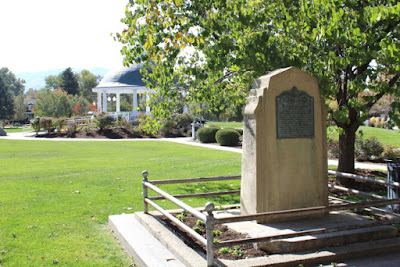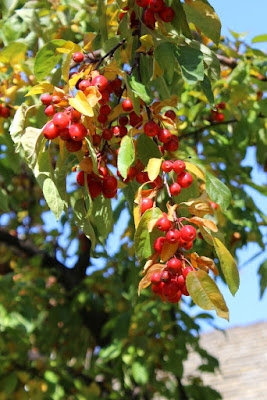DRAPER, UTAH (Population 48,319)
Draper is located along South Willow Creek and was originally called "Sivogah," which is the Indian name for "Willows."
In 1852 the town's name was changed to Draperville and later the name was shortened to just Draper. As with most small town in the area, in 1854 a small fort was started to protect settlers from Indian Raids, but the fort was never completed and the Indian raids did not ever occur. The original fort site is now the location of Draper Historical Park, which contains numerous monuments and statures to honor early pioneers that settled in the area.
An interesting bit of history is that in the 1940s Draper was known as the "Egg Basket of Utah" because so many eggs were produced by the local farmers. The eggs were marketed coast-to-coast and during WW II some eggs were supplied to military troops in the South Pacific. One poultry farm that was operated by Bruce Washburn had over 10,000 chickens.
The Sorensen Home Museum is located adjacent to the Park, but it was not open on the day I visited Draper.
Also not open was the Draper Historical Society Museum, but they did have a number of outdoor displays that I could visit.
The Old Draper School Building has now been renovated and contains office and retail uses. They did a really nice job on the renovation.
When leaving Draper, I noticed some interesting art work under the Interstate and railroad overpasses. I could not take many pictures of the artwork because the traffic was really heavy and I had to stand in the roadway to take the pictures. Some friendly natives even honked their horns to greet me as they about ran over me while I was standing in the road taking pictures.
BONUS PICTURES
I was out in California this week and saw some really strange things. No! I mean more strange than usual. I think the COVID-19 virus has caused some type of ion dissociation that is affecting the sunlight. I'm not a scientist, but it appeared to me that when analyzing the dissociation equation the sunlight constant Kd has impacted the van 't Hoff factor causing distorted diffractions as sun rays strike solid objects. In other words, shadows from solid objects appear to be different than the objects themselves. This same phenomenon was observed at night, so moonbeams must also be affected. What is even stranger is that sometimes there is a shadow when there is no solid object! The shadow appeared to be growing out of a hole in the sidewalk. I'm attaching some pictures to show what I observed.



































No comments:
Post a Comment